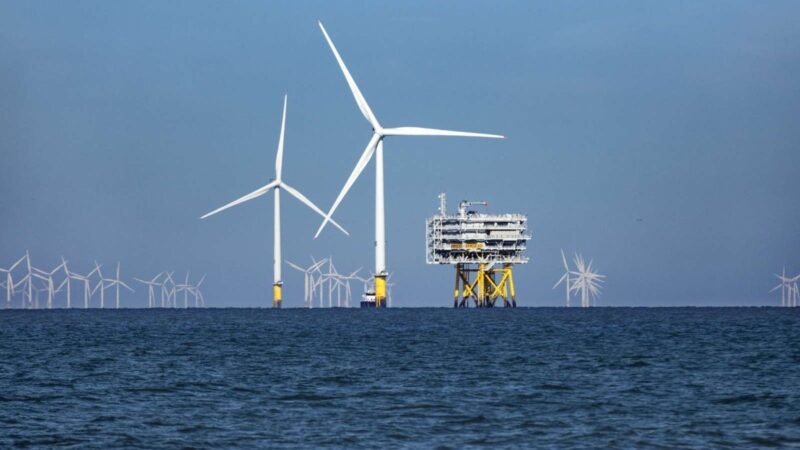Since SpaceX’s Falcon 1 rocket was the first to reach orbit in 2008, several other businesses, including Rocket Lab and Virgin Orbit, have designed and successfully launched tiny, liquid-fueled rockets. The Falcon 1 and the other boosters could only send a few hundred kg into a low Earth orbit.
However, a fresh generation of businesses has chosen that their initial rockets should be larger, with the potential to lift 1 metric tonne or somewhat more into orbit. These firms’ representatives have stated that micro-launchers do not have sufficient lift capacity to meet the requirements of modern satellite clients.
Therefore, many startups, including as the American firms Firefly Aerospace, Relativity Space, and ABL Space Systems and the European firms Isar Aerospace and Rocket Factory Augsburg, have prioritised the development of a larger rocket as their primary vehicle. Meanwhile, this past weekend saw the first of these businesses, Firefly, launch an Alpha rocket into space.
Required Activity
Saturday at 7:00 UTC, the Alpha rocket took off from Vandenberg Space Force Base, powered by four Reaver engines, and placed a number of minor payloads into low Earth orbit. In contrast to the first launch attempt in September 2021, when one of the four Reaver engines failed during ascent, this one was successful.
CEO Bill Weber told Ars that Firefly was ready to break out as a provider of spaceflight services in an interview right before Saturday’s launch attempt. “The only thing stopping Firefly now is execution,” Weber added.
For this reason, Saturday’s flight was essential. The ambitious “Blue Ghost” lunar lander, which might launch to the Moon as soon as 2023, is only one of many projects now in development at Firefly. A reusable spaceship that can travel between Earth and the Moon and other orbits is also in development by the business. To cap it all off, the business is building the “Miranda” rocket engine for Northrop Grumman’s Antares rocket and a new medium-lift vehicle with the aerospace giant.
Weber, who joined Firefly earlier this year as CEO, has remarked, “Firefly requires maturity and scale to reach its potential.” Tom Markusic, a co-founder and former CEO, stepped down in June, and he took over the role permanently. Nearly half of Firefly’s 450 workers are based out of its Texas headquarters, which is located near Austin.
Saturation in the market
Firefly has ambitious ideas for space services and the Moon, but getting Alpha from the testing phase into regular use is its top priority right now. Weber has stated the company’s intention to launch another Alpha this year, with six flights scheduled for 2023. The year 2024 is the target for Firefly to achieve their goal of a monthly launch rate.
Weber claims there is high demand for launch services in the one-ton-plus class, particularly for tried-and-true vehicles. To win this race, you’ll need to introduce a reliable rocket to the market as soon as possible.
There are “eyes on us,” he continued, “and there will be eyes on the rest of the market as well.” “We need to be sure to take care of anything inside Firefly’s sphere of influence. If we are able to achieve orbit, it won’t matter what happens with Relativity or ABL to our company. To implement Firefly’s strategy, it is not necessary for others to fail; rather, our success is essential.”
Given that Northrop Grumman, a major defence contractor, could have picked from any number of US rocket manufacturers, the fact that it chose this one is noteworthy in and of itself. Northrop needed to locate a new supplier of engines for its Antares rocket, which delivers cargo to the International Space Station for NASA, following the Russian invasion of Ukraine. It just announced a collaboration with Firefly to create a new first stage of the product.
Currently, the Antares launch vehicle can carry around 8 metric tonnes to low Earth orbit, but with the addition of the new Antares 330 rocket and its seven Miranda engines, that number will climb dramatically. Since the Miranda engine is based on a scaled-up version of the now flight-proven Reaver engine, Firefly is confident in the design and expects to conduct the first hot fire test in the first half of 2023.

